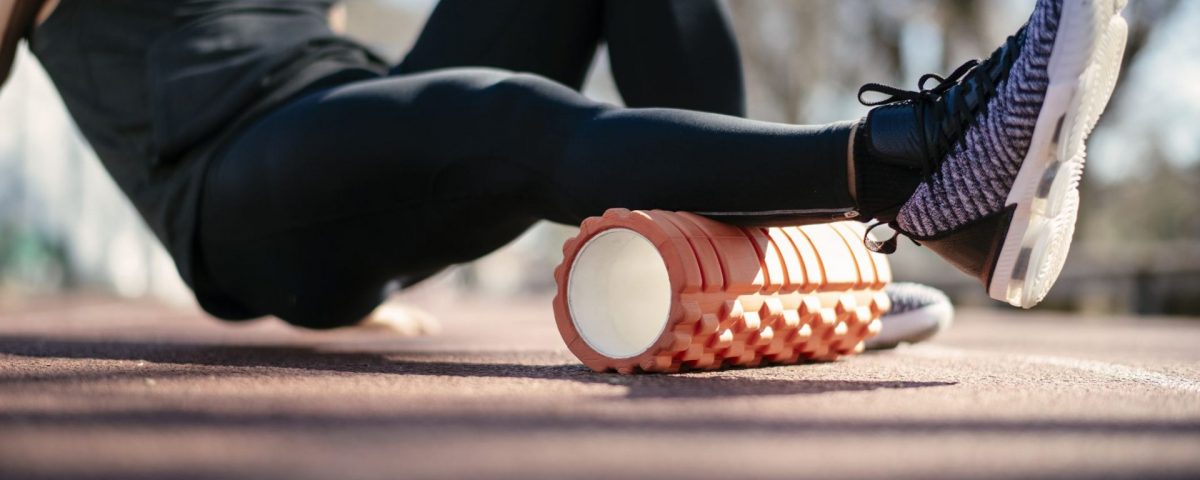4 Tips to Help with Exercise Recovery
Every time we exercise our body undergoes changes to adapt to the stress that we place on it. These adaptions can cause us to experience muscle soreness and fatigue as well as reduced muscular strength and power. All of these factors can impair our performance in the hours and days following exercise. Recovery modalities allow us to accelerate the process, and get back to our exercise routine feeling fresh and ready for the next session.
The following strategies can be used to assist recovery following exercise sessions.
Active Recovery
Active recovery involves completing low-intensity exercise in the hours or day after an exercise session. Examples include walking, swimming, and cycling. It is suggested that this helps to facilitate the removal or waste products from the muscle and reduce muscle soreness.
Sleep
Sleep is one of the most important factors when it comes to recovery. Why is this the case? During sleep the majority of our muscle repair takes place. A lack of sleep has been shown to decrease muscle and cognitive function. Aim for 8hrs a night.
Nutrition
Balanced meals at the right time can impact your recovery. Eating a high carbohydrate and high protein meal following exercise helps to restore both the energy that has been expended, as well as providing the body with nutrients for muscle repair. In addition to this, it is important to replenish any fluids lost during exercise to avoid dehydration.
Foam Rolling
Using a foam roller for massage may help to enhance joint range of motion in addition to pre and post exercise muscle performance. It has also been suggested that foam rolling can increase blood flow and therefore bring repair and nutrients to the muscle.
If you need help with the implementation of these recovery strategies please don’t hesitate to contact us and make an appointment.



